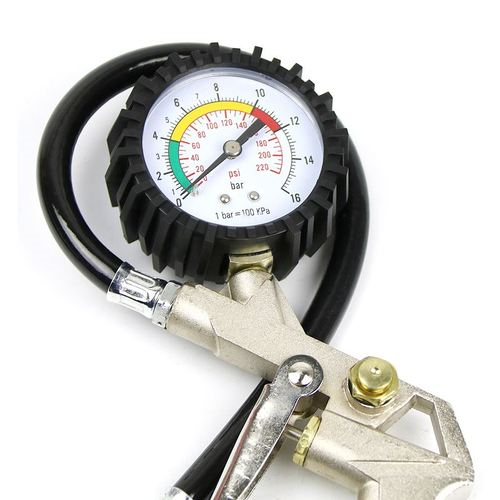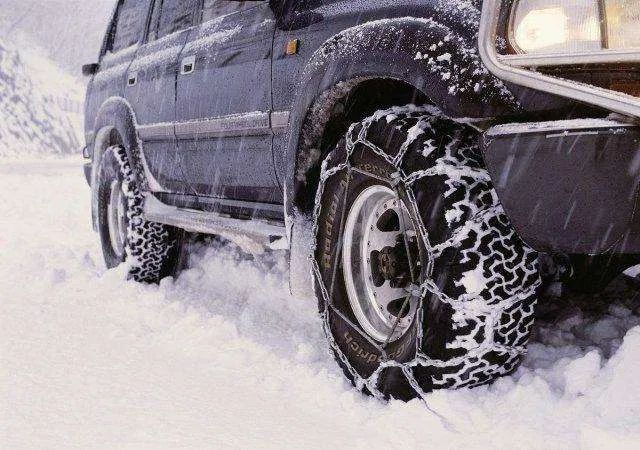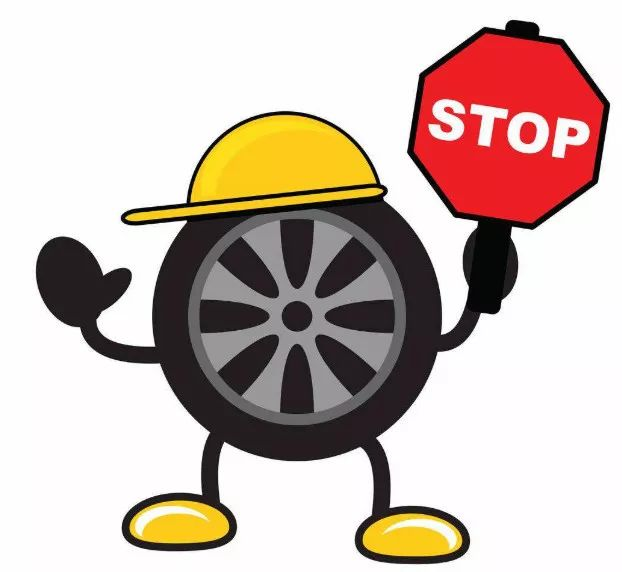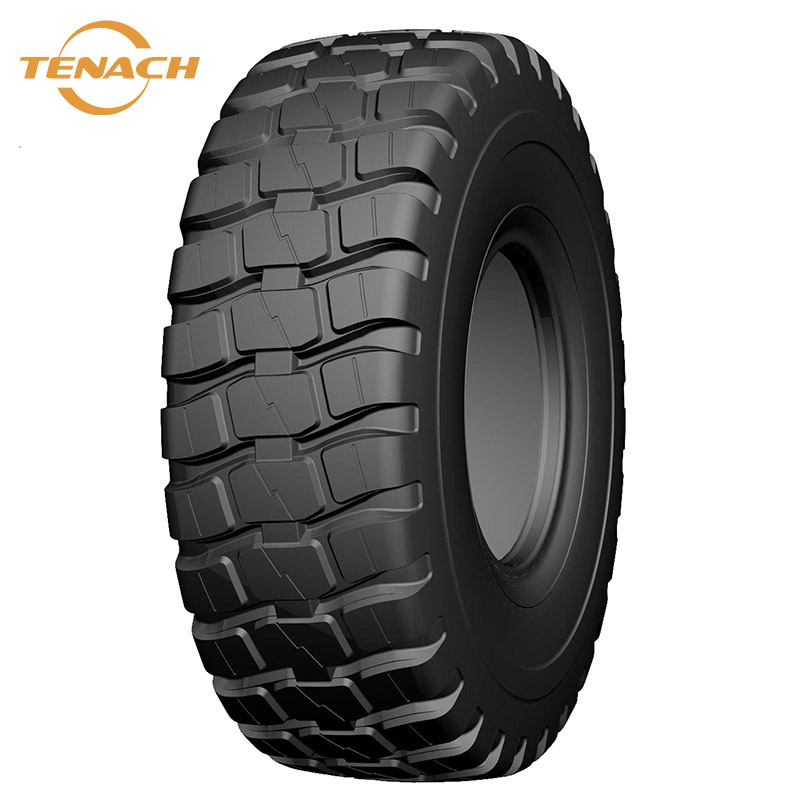Several reasons affecting the service life of tires
2023-08-11
1. Air pressure (80% of problems with tires during use are caused by air pressure.)
Low air pressure: With a large amount of tread movement, the tire deforms greatly, generates more heat, increases wear, and correspondingly reduces tire performance. Easy to cause shoulder void/crushed tire body/abnormal wear and tear, cutting the mouth.
High air pressure, scientifically increasing the air pressure can effectively improve the load-bearing capacity of the tire, and has little impact on the tire's service life. However, when the air pressure reaches a certain level, it reduces the tire's elasticity and cushioning performance. At this point, the tire will become a rigid body, and the stress borne by the belt layer steel wire and the tire body steel wire will increase. The upward movement of the balance axis increases the stress and deformation at the mouth, resulting in mouth cracking. High air pressure can also cause rapid pattern loss, tire blowout, and abnormal wear.

2. Load
When the normal service life of a tire is 100%, it is 30% overweight, and the tire service life is 60% normal. When it is 50% overweight, the tire service life is 40% normal

3. Speed
Assuming a standard value of 55km/h and a wear resistance index of 100%
At 70km/h, the wear resistance life is 75%. At 90km/h, the wear resistance life is 50%

4. Road surface
Assuming a smooth cement road surface as the standard, the wear resistance life is 100%
The wear-resistant life of ordinary pavement is 90%
Some sand and gravel roads have a wear resistance life of 70%
The wear-resistant life of gravel road is 60%
50% wear resistance life for unpaved roads

5. External temperature
At 30 degrees Celsius in summer, the wear resistance life is 100%. In spring and autumn, the wear resistance life is 110; In winter, at 5 degrees Celsius, the wear resistance life is 125%, and the wear resistance at 1000KM in summer is nearly three times that in winter

6. Tire temperature
Assuming a tire temperature of 30 degrees Celsius as the standard value and a wear resistance life of 100%
When the tire temperature is 50 degrees Celsius, the wear resistance life is 80%
When the tire temperature is 70 degrees Celsius, the wear resistance life is 70%
Temperature is one of the main reasons that affects the service life of tires. The reason for tire heat generation is determined by air pressure, load, and speed.

7. Steering
The greater the sideslip angle, the greater the wear and the higher the temperature. Frequent sharp turns can easily cause serrated cracks in the mouth.
8. Braking
The higher the instantaneous speed before braking, the greater the wear, the more frequent braking, the faster the temperature rise, and the greater the wear.
























































